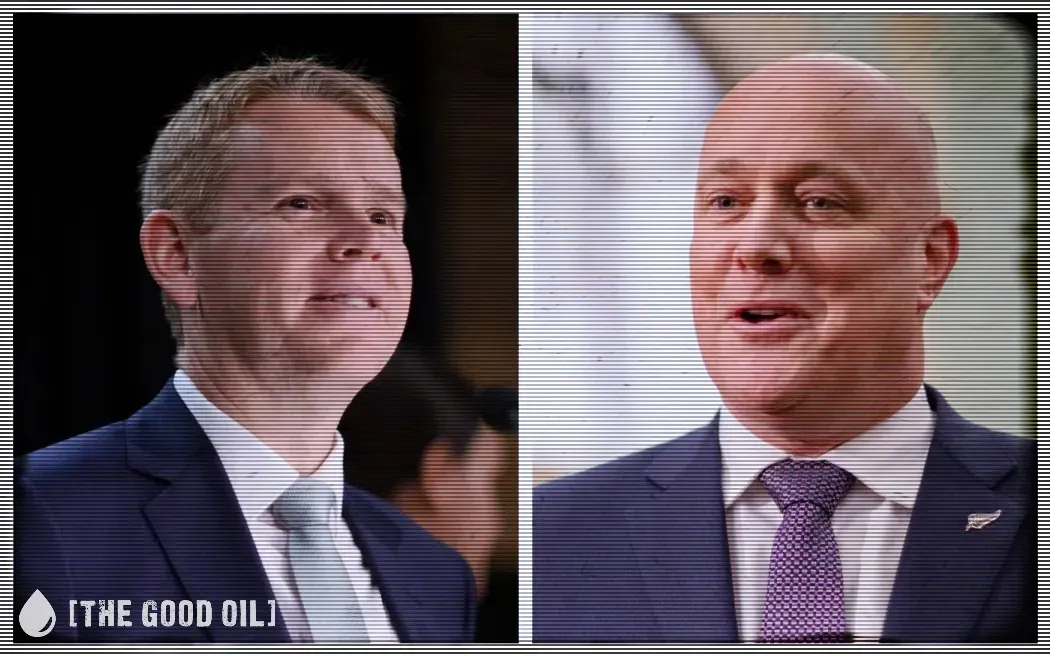Larry Bell
PA Pundits –
Larry Bell contributes posts at the CFACT site. He heads the graduate program in space architecture at the University of Houston. He founded and directs the Sasakawa International Center for Space Architecture. He is also the author of Climate of Corruption: Politics and Power Behind the Global Warming Hoax.
We are already witnessing disastrous economic and social consequences of energy policies premised upon precautionary “worst case” climate model projections that leading scientific contributors to the UN’s Intergovernmental Panel on Climate Change (IPCC) now admit are running far too hot.
As reported in the prestigious journal Nature, the latest round of more than 50 of the newest simulations assessed by the Coupled Model Intercomparison Project, phase 6 (CMIP6) are based upon myriad complex, poorly understood influences, interrelationships and rough statistical “garbage in-garbage out” assumptions.
Titled “Climate simulations: recognize the ‘hot model’ problem”, the May article emphasizes: “Earth is a complicated system of interconnected oceans, land, ice and atmosphere, and no computer model could ever simulate every aspect of it exactly.”
Since different models vary in their complexity, “each makes different assumptions about and approximations of processes that happen on small scales, such as cloud formation”.
As NASA’s Goddard Institute for Space Studies Director Gavin Schmidt told the renowned journal Science, “It’s become clear over the last year or so that we can’t avoid this admission” that the models can’t be trusted as a policy instrument.
Schmidt also said: “You end up with numbers for even the near term that are insanely scary – and wrong.”
John R Christy, a Distinguished Professor of Atmospheric Science and Director of the Earth System Science Center at The University of Alabama, points out the spread of results between predictions in more recent CMIP6 models is even far greater than between previous CMIP5 simulations.
Thus, Christy concluded, “Houston, we have a problem.”
The climate model simulation uncertainty concessions raise enormous questions regarding the reliability of global forecasts based upon IPPC’s previous generation of models (CMIP5) which likely inflated temperature sensitivity to greenhouse gas increases by a factor of two.
Those conclusions have been touted as rationale to promote costly and destructive anti-fossil fuel policies.
Premised entirely upon an unsubstantiated “existential climate change threat”, America is already paying huge penalties, as record gasoline and diesel prices are rippling through every corner of business and driving up food and commodity costs with devastating 8.6 per cent four-decade-high inflation.
The current Biden administration answer?
Transition immediately from reliable hydrocarbon energy which supplies about 80 per cent of our domestic, commercial and military needs, to “renewable” intermittent wind (currently less than three per cent) and solar (less than one per cent).
As White House Climate Adviser Gina McCarthy clarified to attendees at a March American Council on Renewable Energy forum, US climate policy “is not a fight about coal anymore. It is a challenge about natural gas and infrastructure investments because we don’t want to invest in things that are time limited. Because we are time-limited.”
A major lesson – one that experiences in Germany should have taught us – is that wind energy is neither reliable nor cheap.
Climate-obsessed Germany, with the highest installed wind power capacity in Europe, also, along with Denmark, has among the highest electricity prices worldwide … around USD 35 cents per kilowatt hour in the second quarter of 2021, ranking 15th as most expensive out of 133 countries.
That ranking doesn’t account for a present surge in German energy prices which are likely to go much higher as Putin’s war in Ukraine upends its dependence on Russia for more than half of their natural gas and a third of the oil they burn to power factories, heat homes and fuel trucks, buses and cars.
Germany has sabotaged itself to become even more dependent on that imported gas by already shutting down three nuclear plants in December, with three more to be mothballed this year. And regarding oil, Germany has relied on Russian deliveries via dedicated pipelines for decades since their ports have limited capacity to host supertankers from other suppliers.
Germany also lacks pipelines for coast-to-coast transport, and the country has allowed most of the containers used to move it by train to be scrapped.
To make matters even worse, although Germany has vast readily accessible coal reserves essential to its steel industry, they import roughly half of those supplies from Russia as well.
Paradoxically, as recently as 15 years ago, EU member countries produced more gas than Russia exported. And although Europe’s gas reserves are smaller than Russia’s, they may have as much technically recoverable shale gas as the US which their governments won’t allow to be developed.
Now, as Berlin realizes a desperate and entirely self-inflicted energy shortage, Berlin has belatedly realized that fossil resources are vitally essential after all.
Chancellor Olaf Scholz’s new government has begun to revive coal-fired plants. The administration is also on an urgent hunt to buy liquified natural gas, or LNG, from shipping suppliers such as the Qatar and America … where we have little available to spare.
Less than two years ago, America “transitioned” from being energy independent and a net global exporter… to become an energy pauper like Germany, pleading with Saudi Arabia, OPEC and even adversaries such as Venezuela and Iran to pump more oil while limiting our own.
Bear in mind again, that all such unnecessary grief was founded upon enormously speculative hypothetical climate models and hysterical worst-case doom projections which appear far off track from reality.
Although Planet Earth continues to warm its way in fits-and-starts out of the Ice Age that ended about 12,000 years ago, it was just as warm 2,000 years ago and again 1,000 years ago – long before the Industrial Revolution introduced smokestacks and SUVs.
And those predicted more frequent and severe weather events? Nope, not true at all. Just check the past century records regarding hurricanes, draughts/floods and other occurrences.
Or rapidly rising sea levels? Again nada…same seven inches per century with no observed acceleration since accurate records have existed.
One change worth noting, however, is that satellites reveal substantial greening thanks to added CO2 plant food… more veggies to feed the world. That’s a nonprecautionary consequence we should all celebrate.
This article originally appeared at NewsMax
Read more excellent articles at CFACT http://www.cfact.org/
Reprinted from PA Pundits – International









